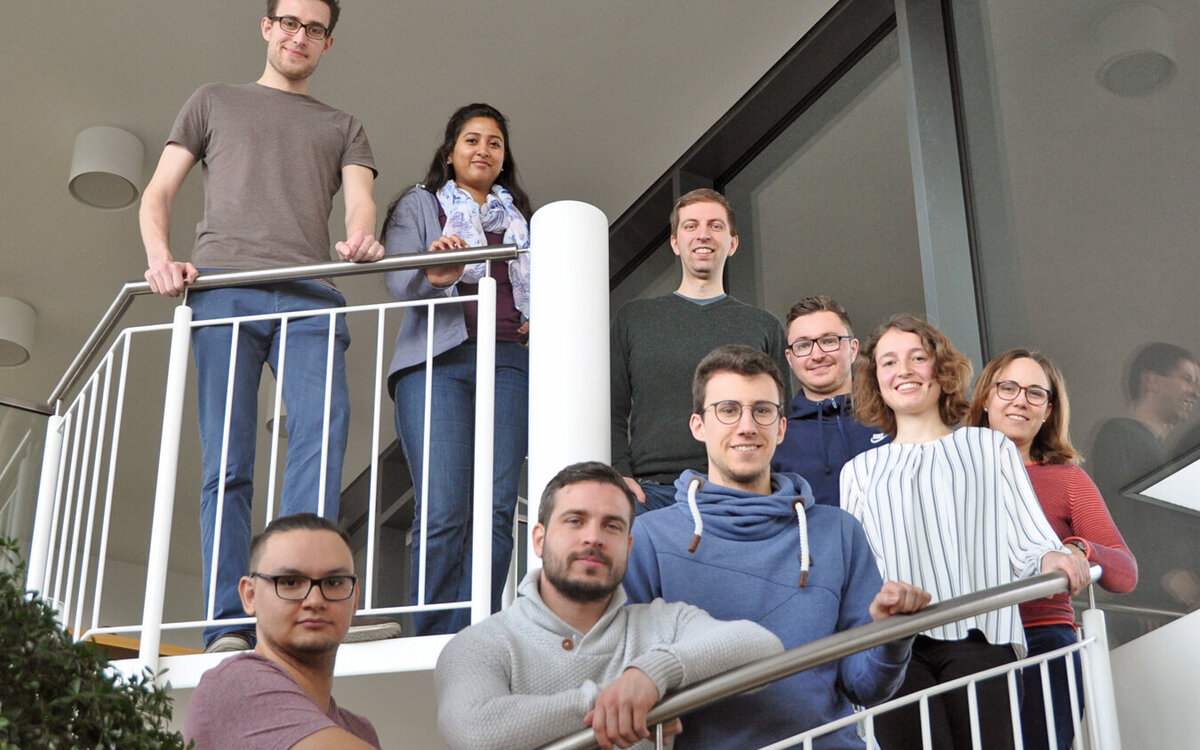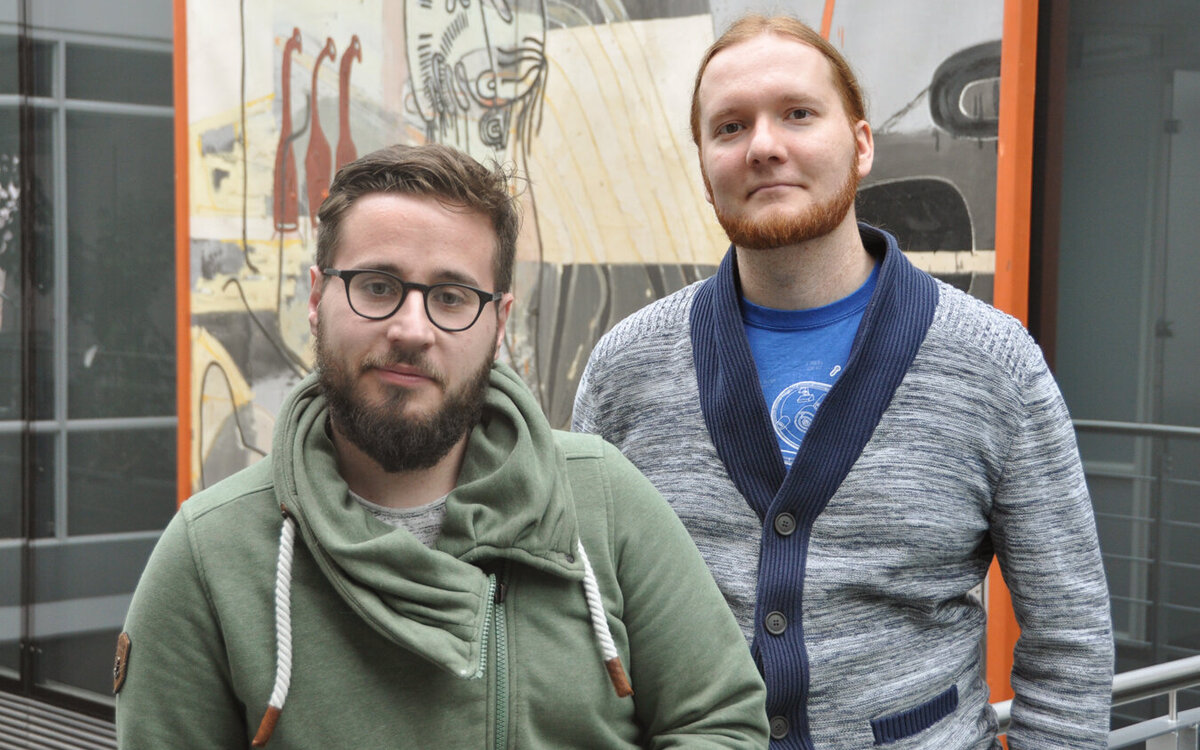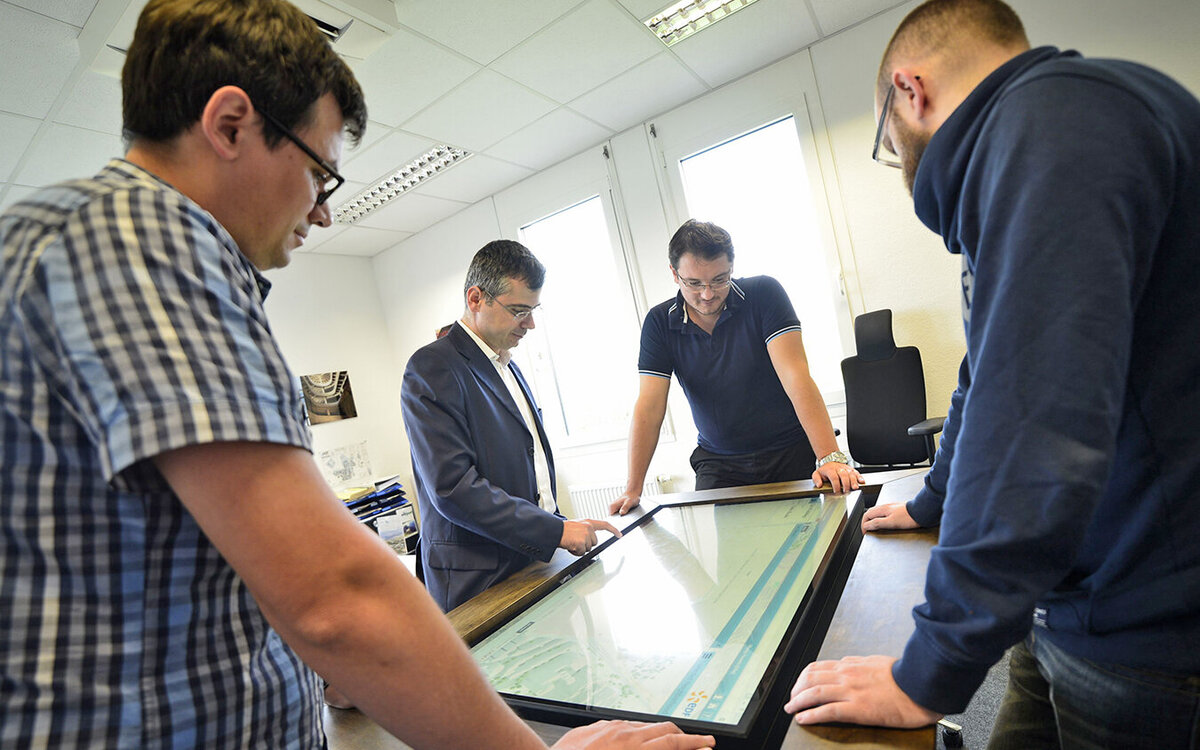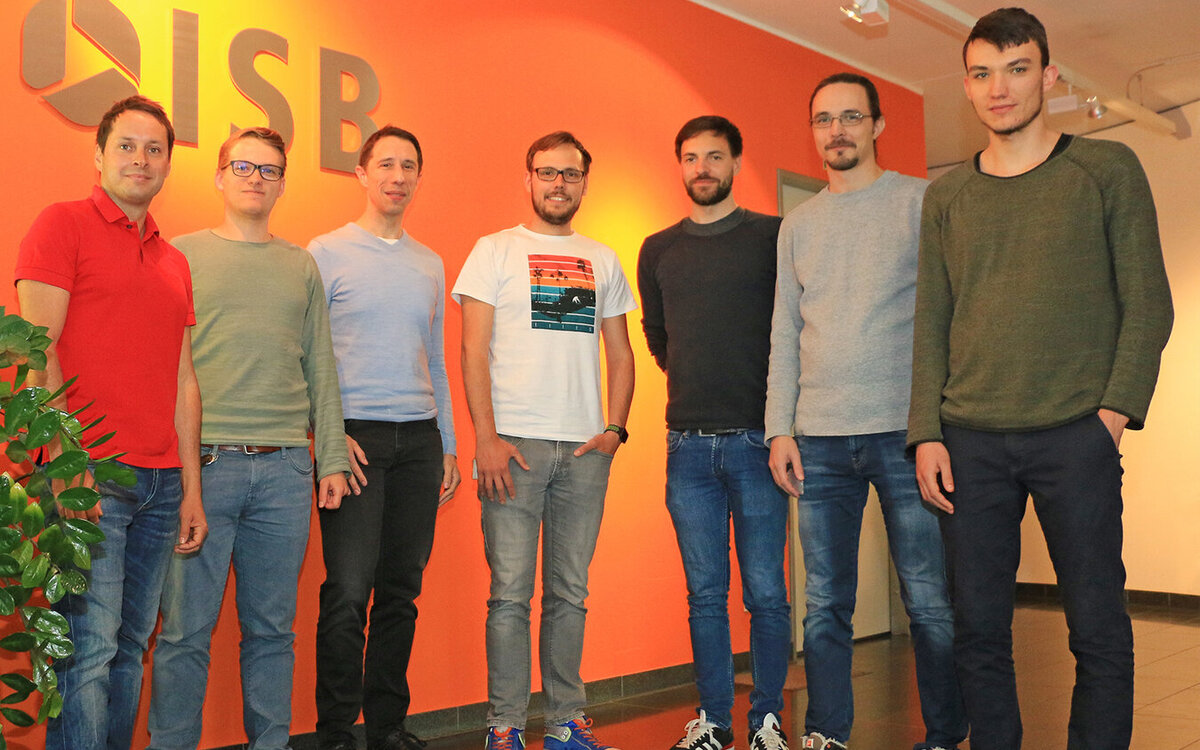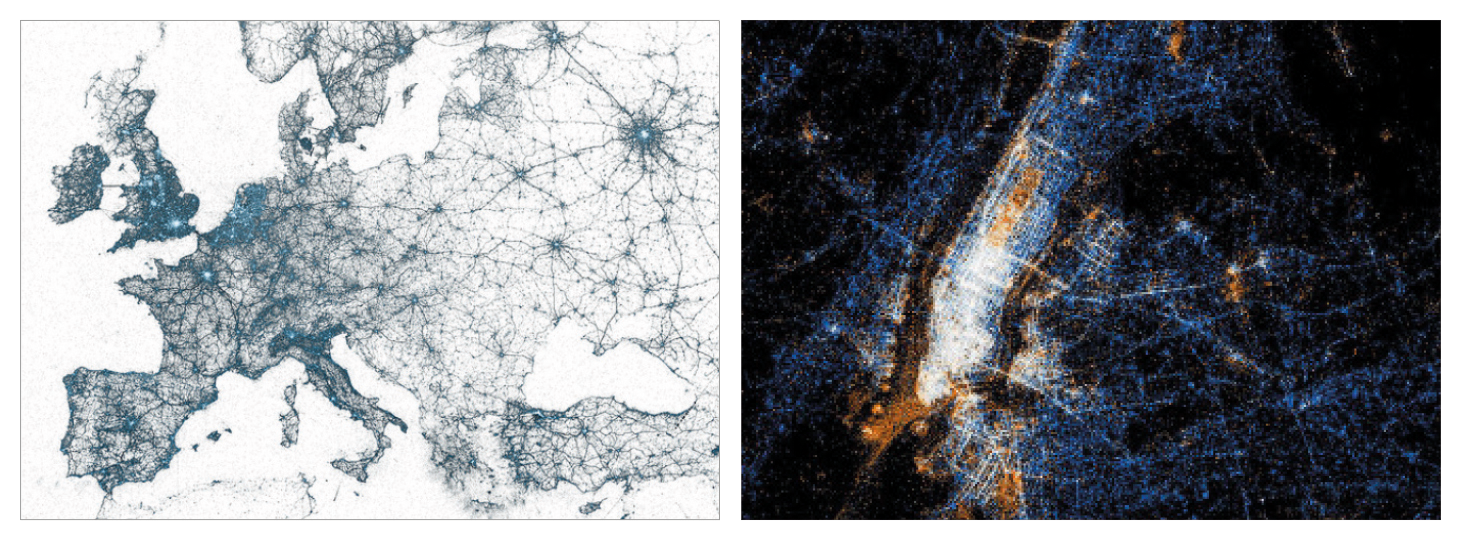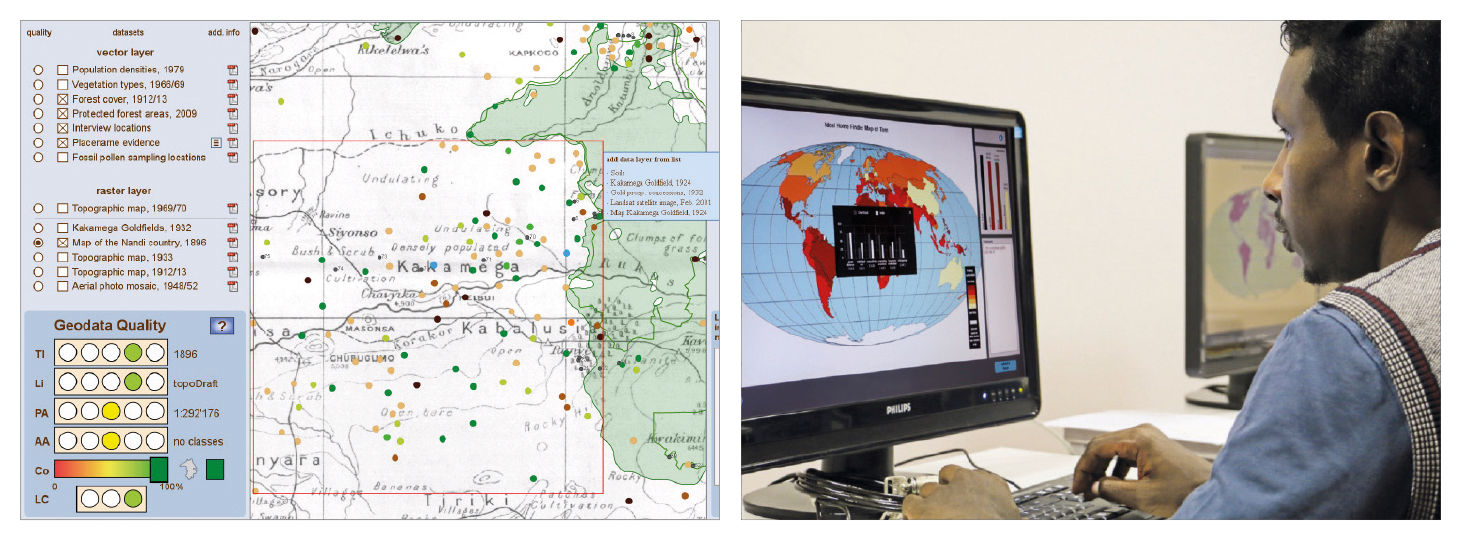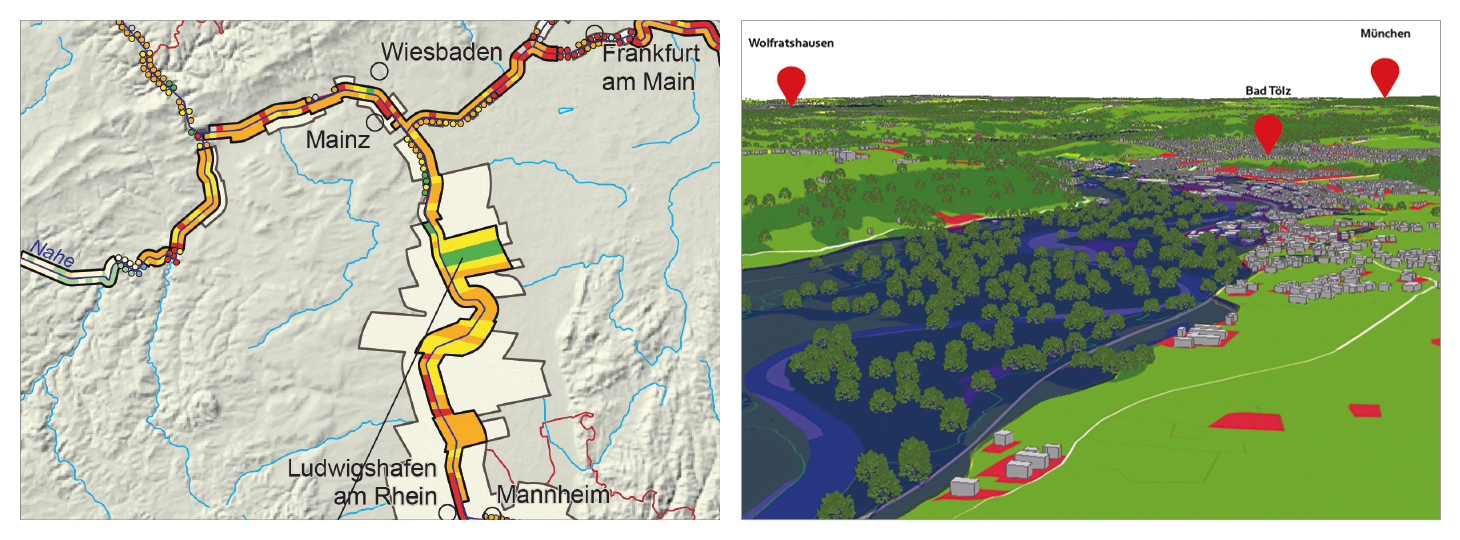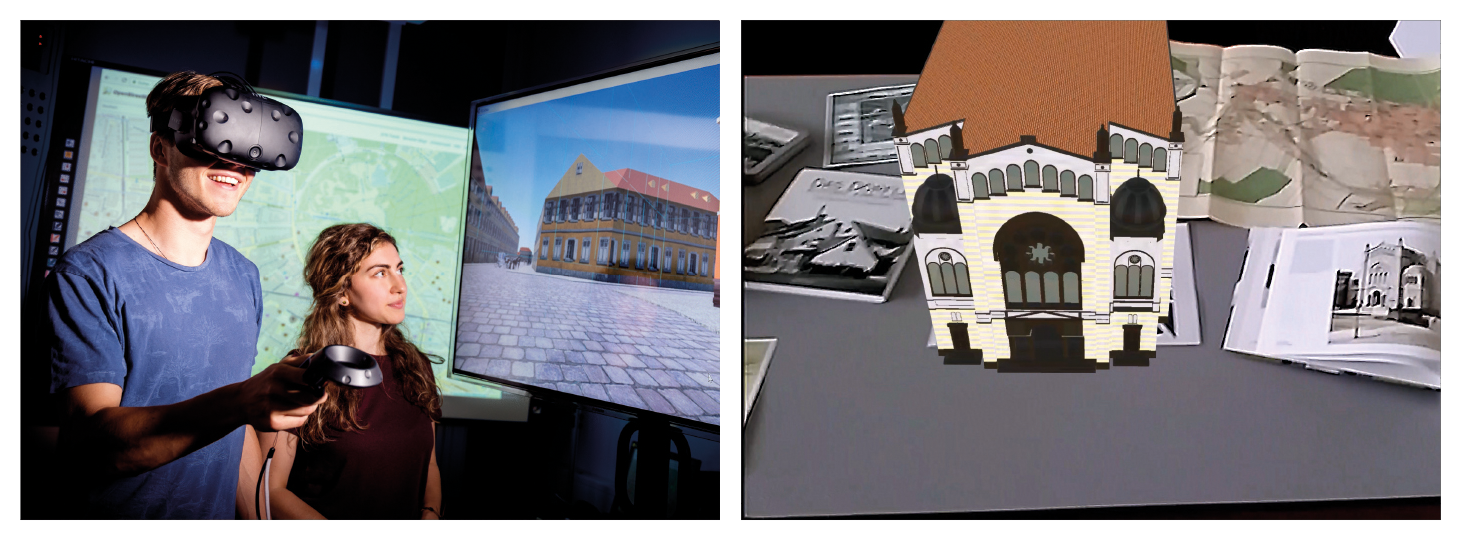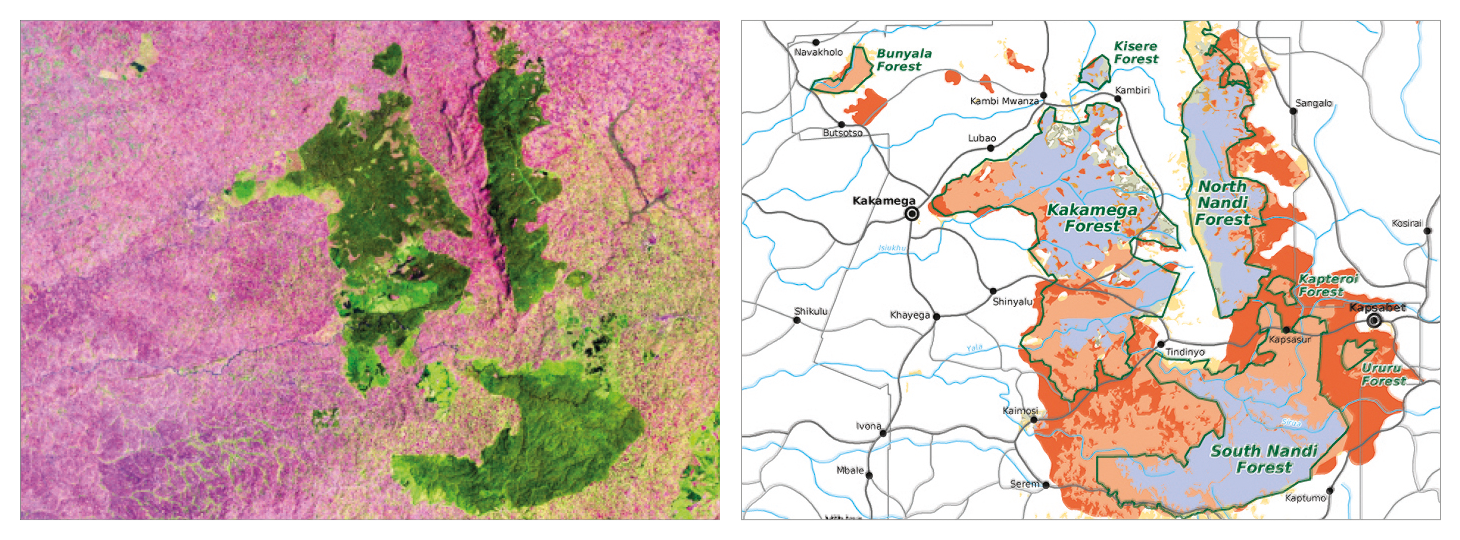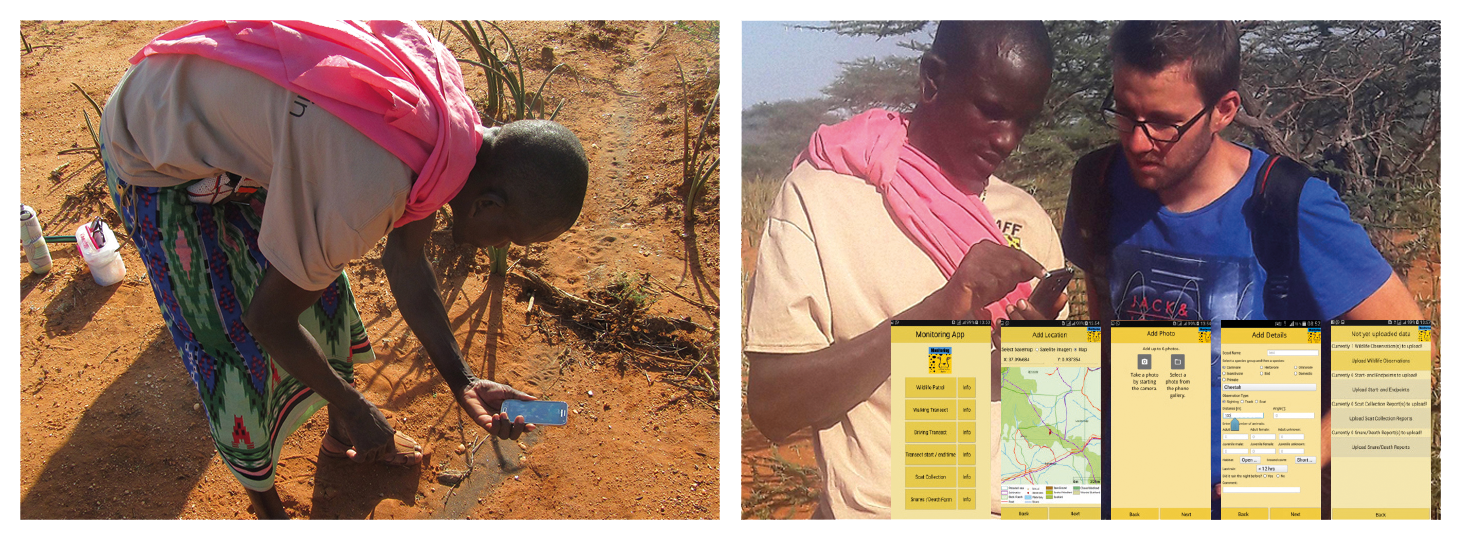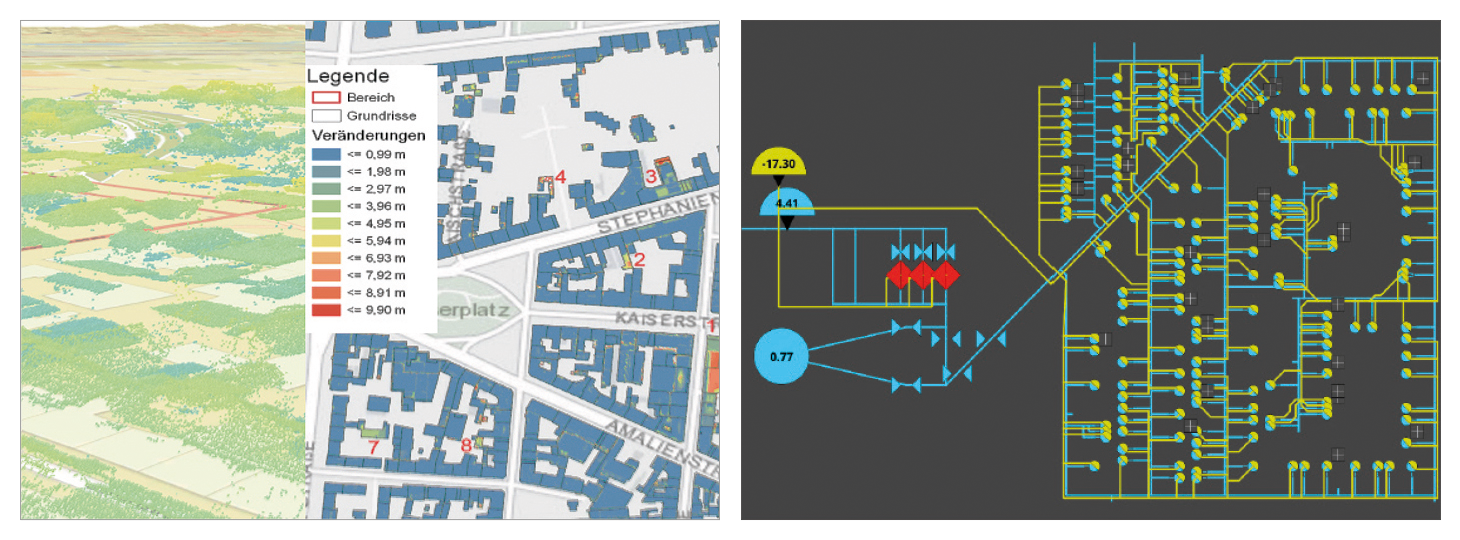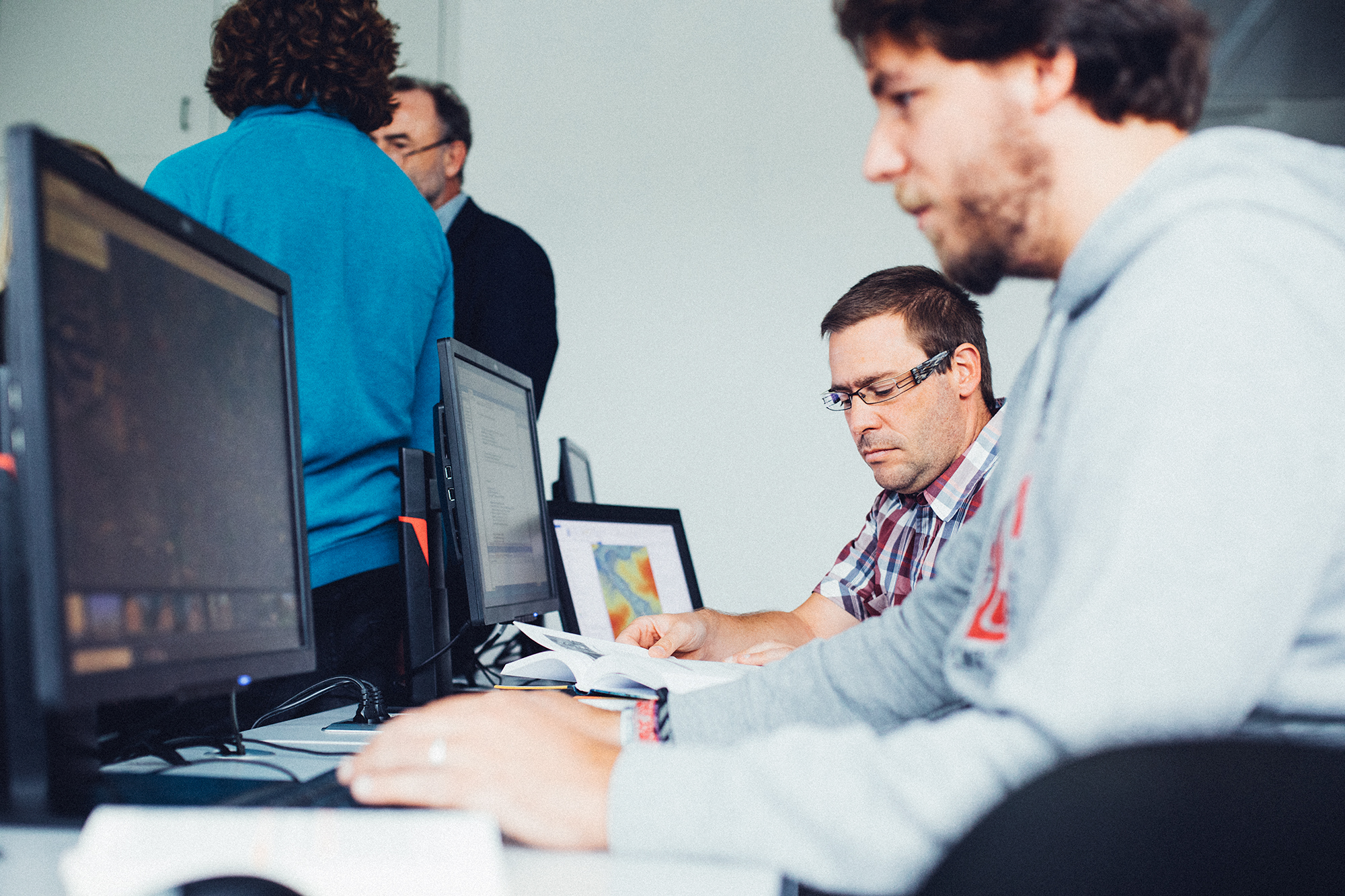
Environmental and Geo-Information Management
Career prospects
Due to the wide-ranging curriculum, graduates of the Environmental and Geo-Information Management program have a variety of career options open to them. With the increase in Big Geodata, there is a growing need for experts who can collect, process, analyze and visualize data in various media in ever shorter periods of time. Graduates are drawn in equal numbers to the public sector (federal, state, regional or local authorities for geo-information or environmental protection, universities and research institutions) and to the private sector (engineering firms, publishing houses, service providers or companies for geomarketing, transport planning, energy supply, etc.).
About half of the graduates go on to complete a master's degree, either the international Geomatics master's degree at Karlsruhe University of Applied Sciences or a master's degree at another university or university of applied sciences.
